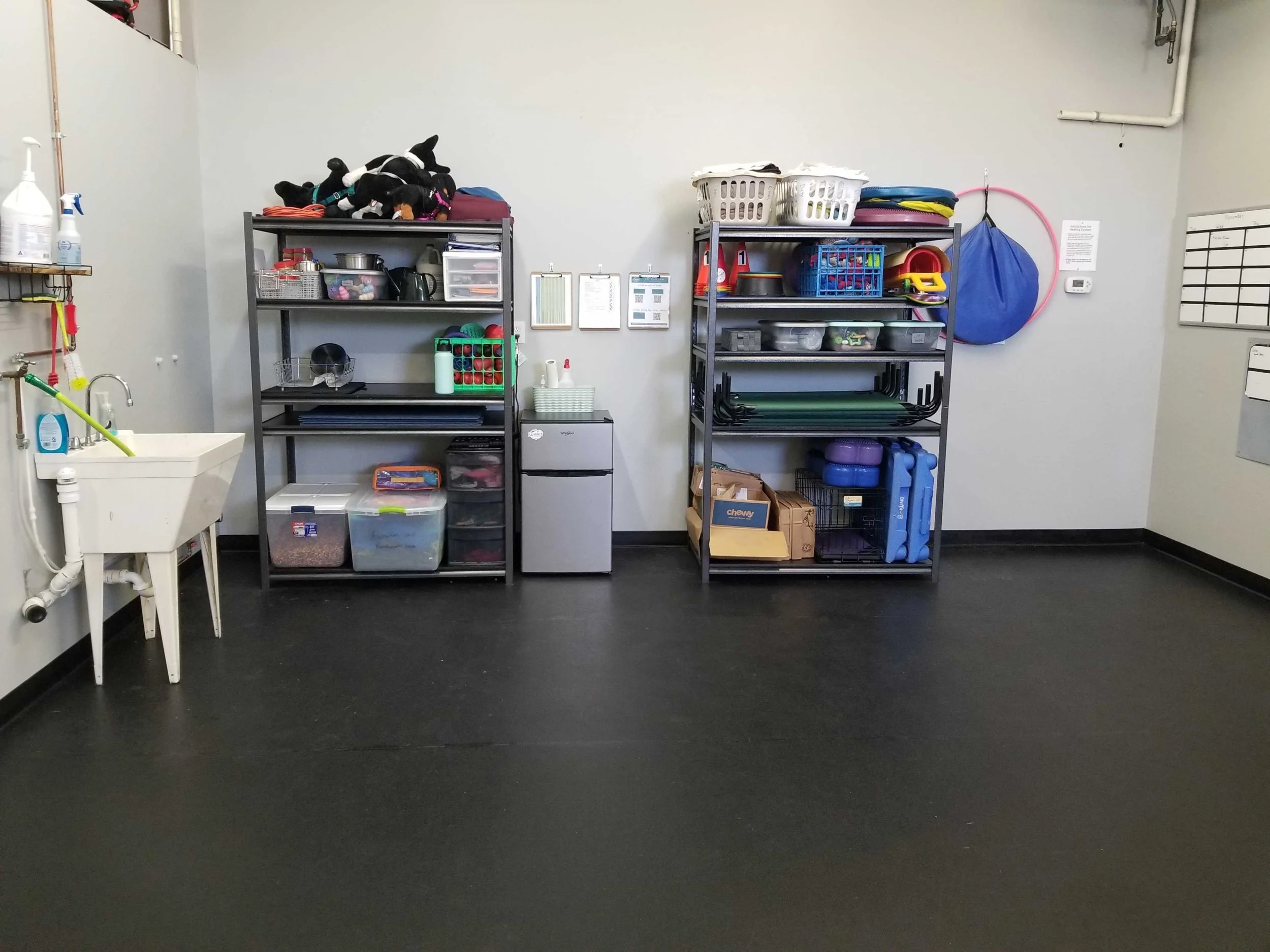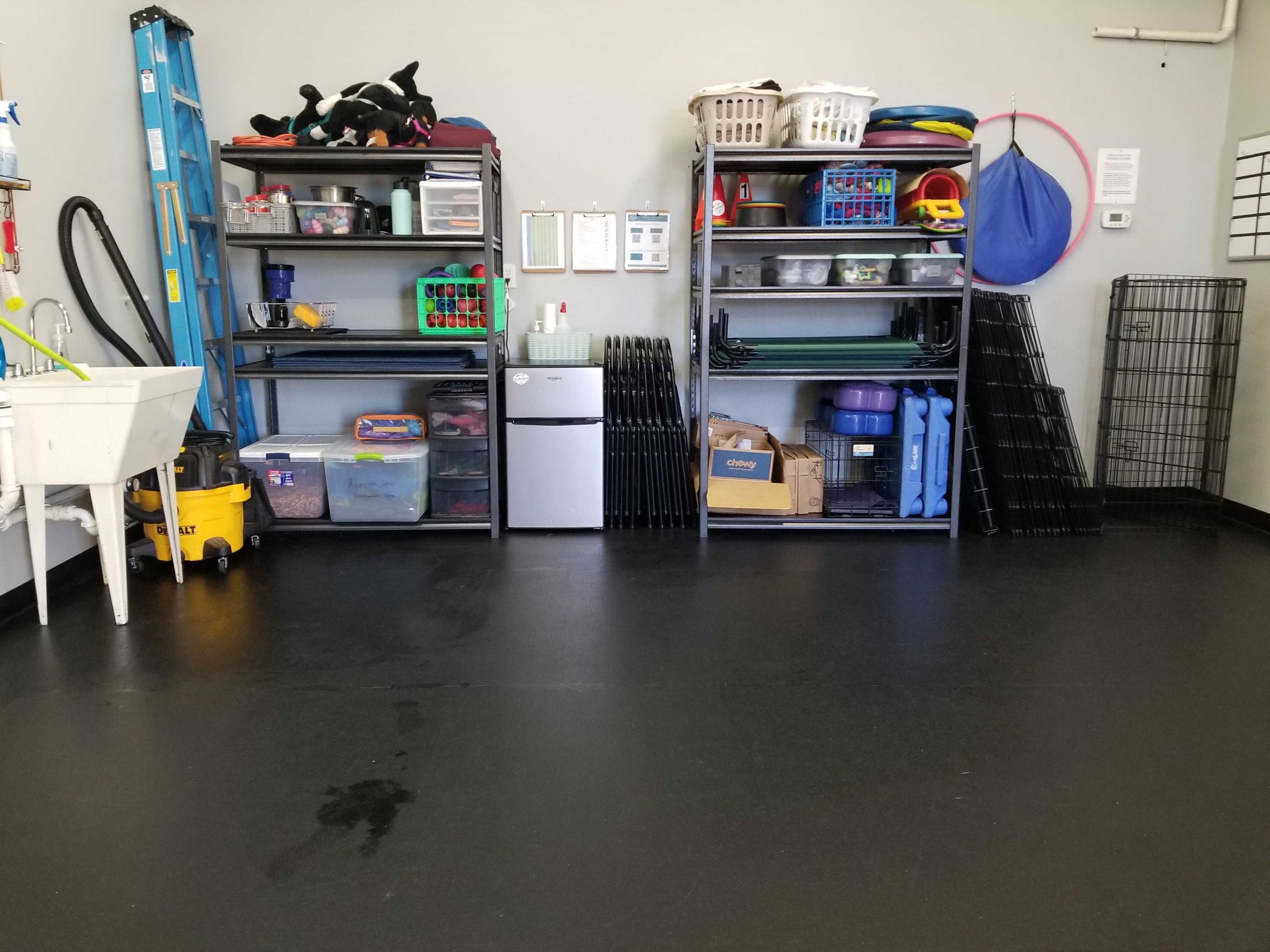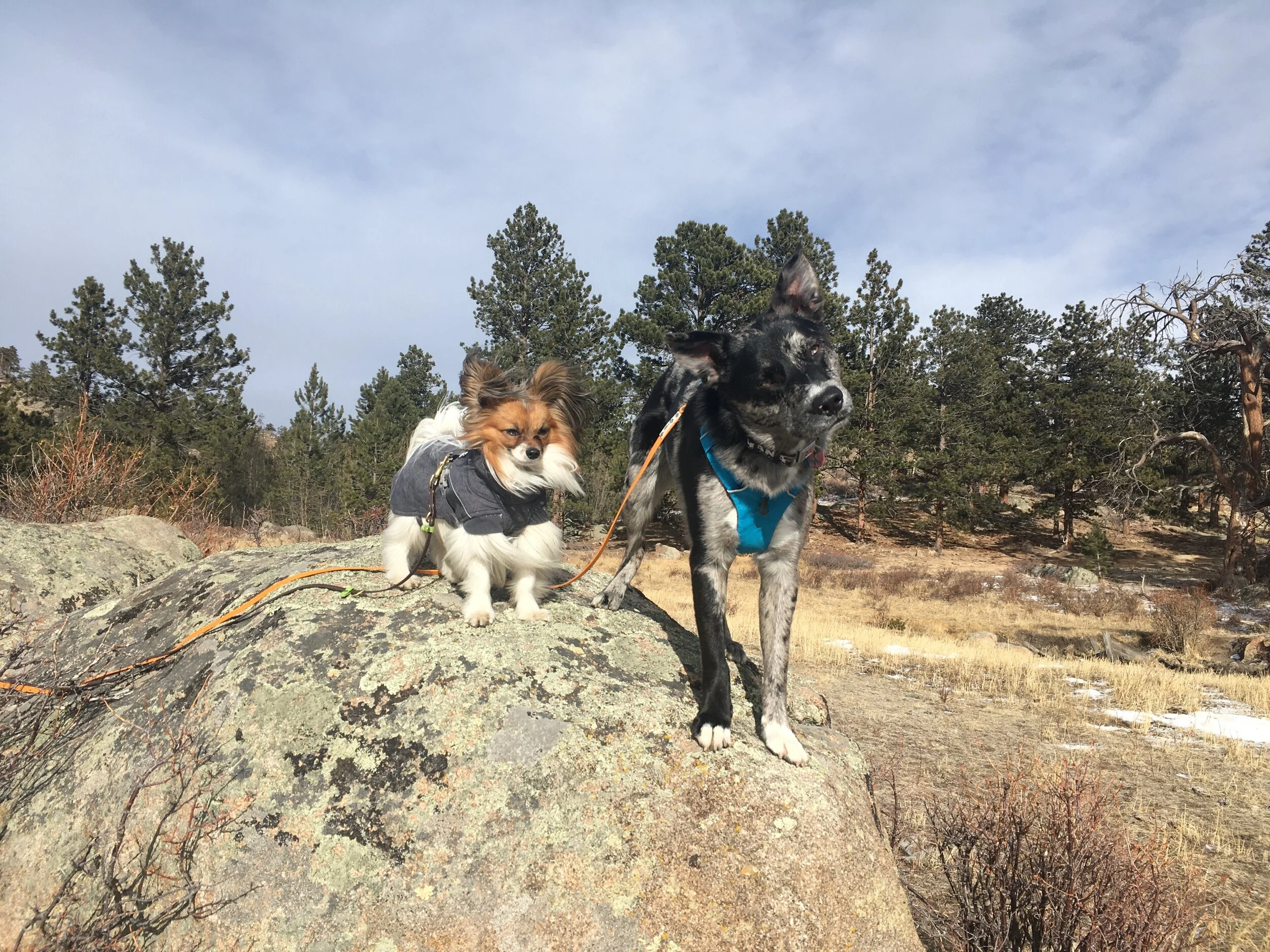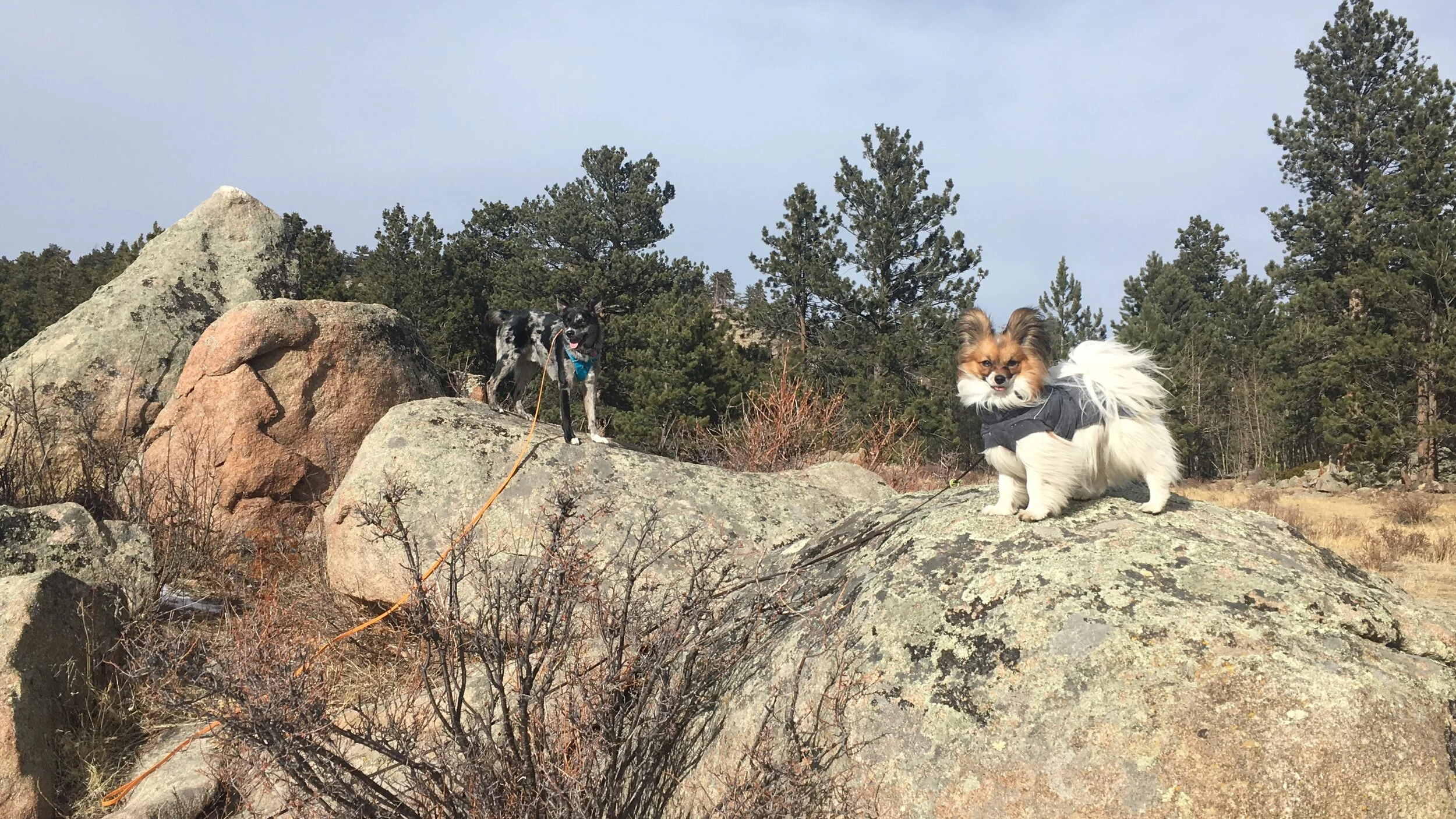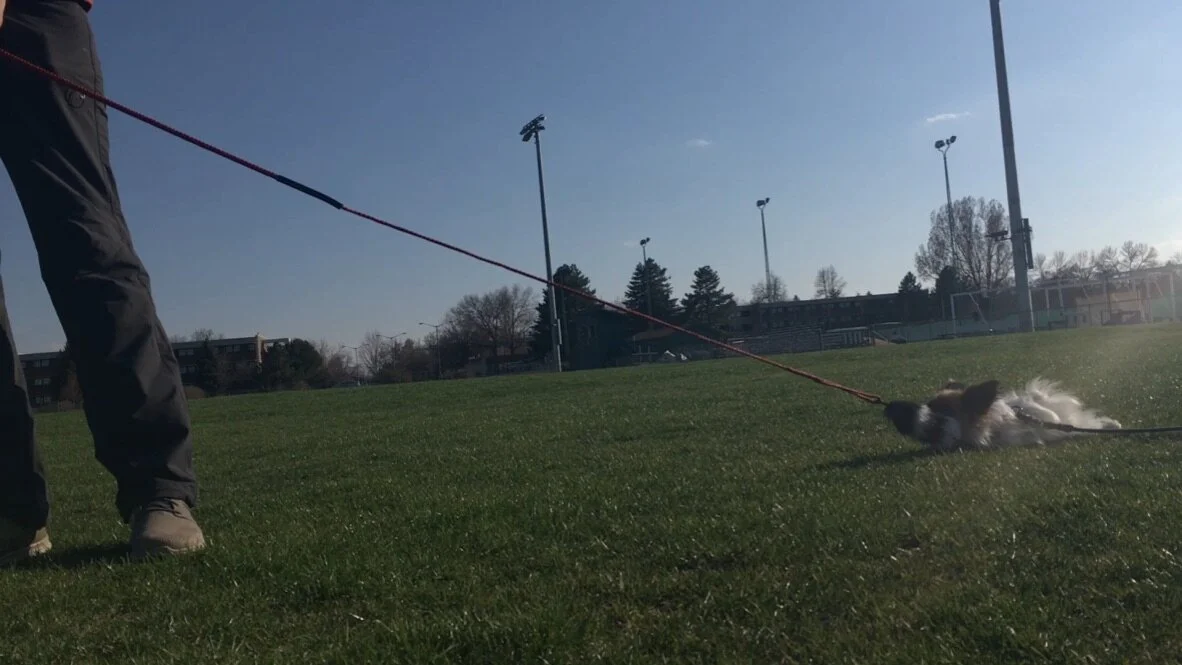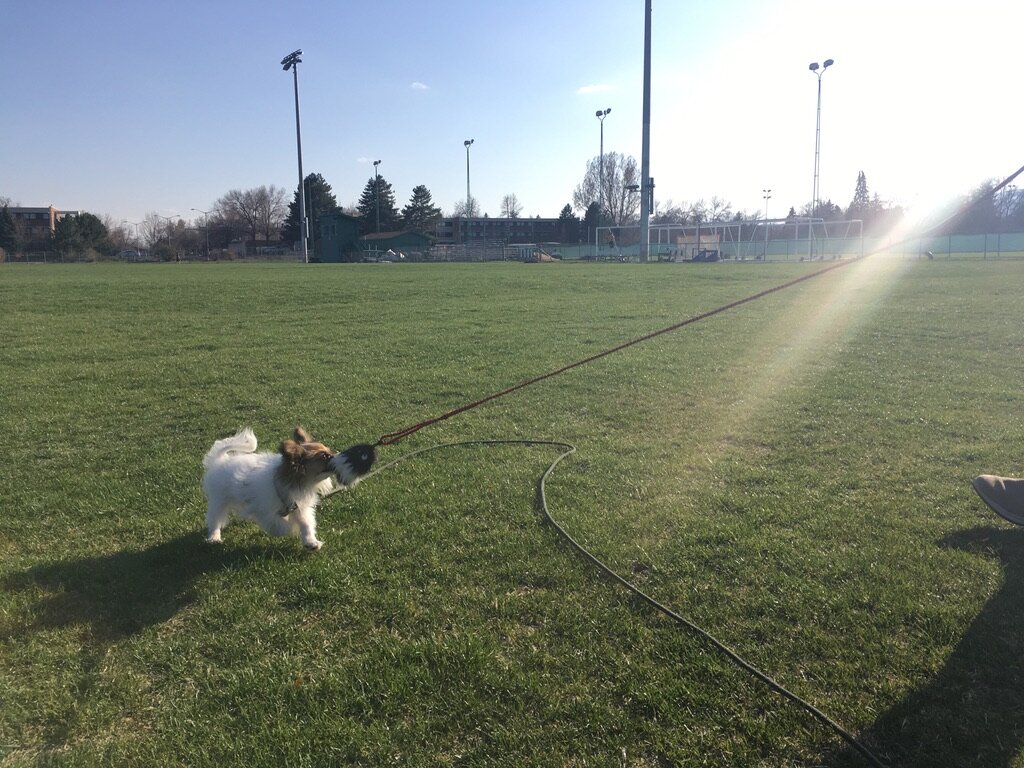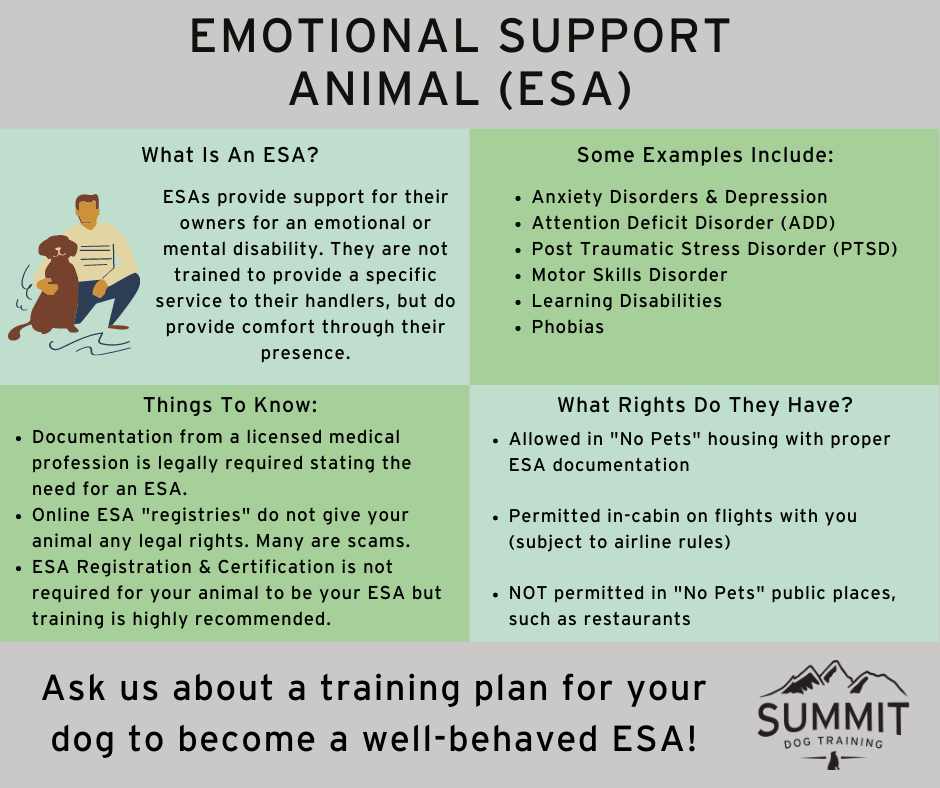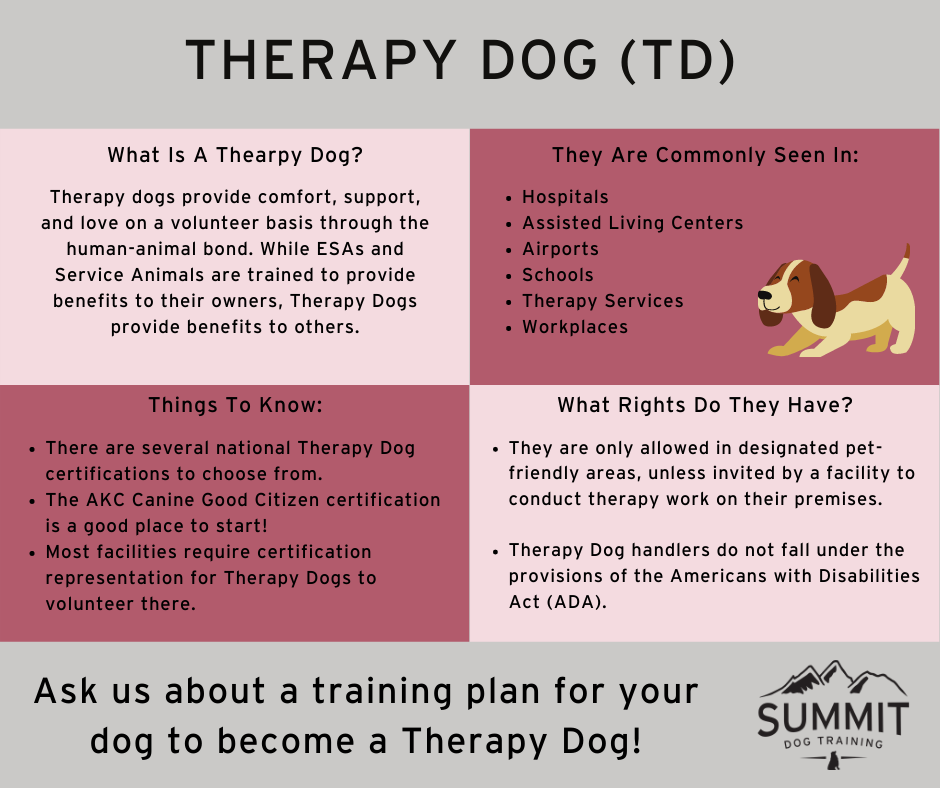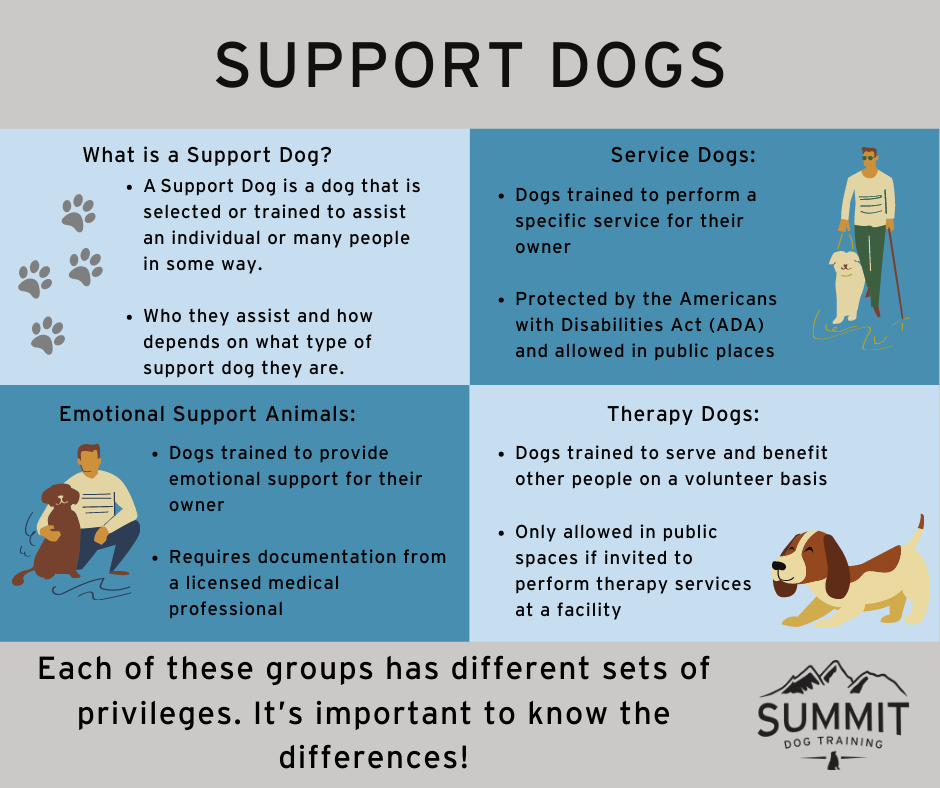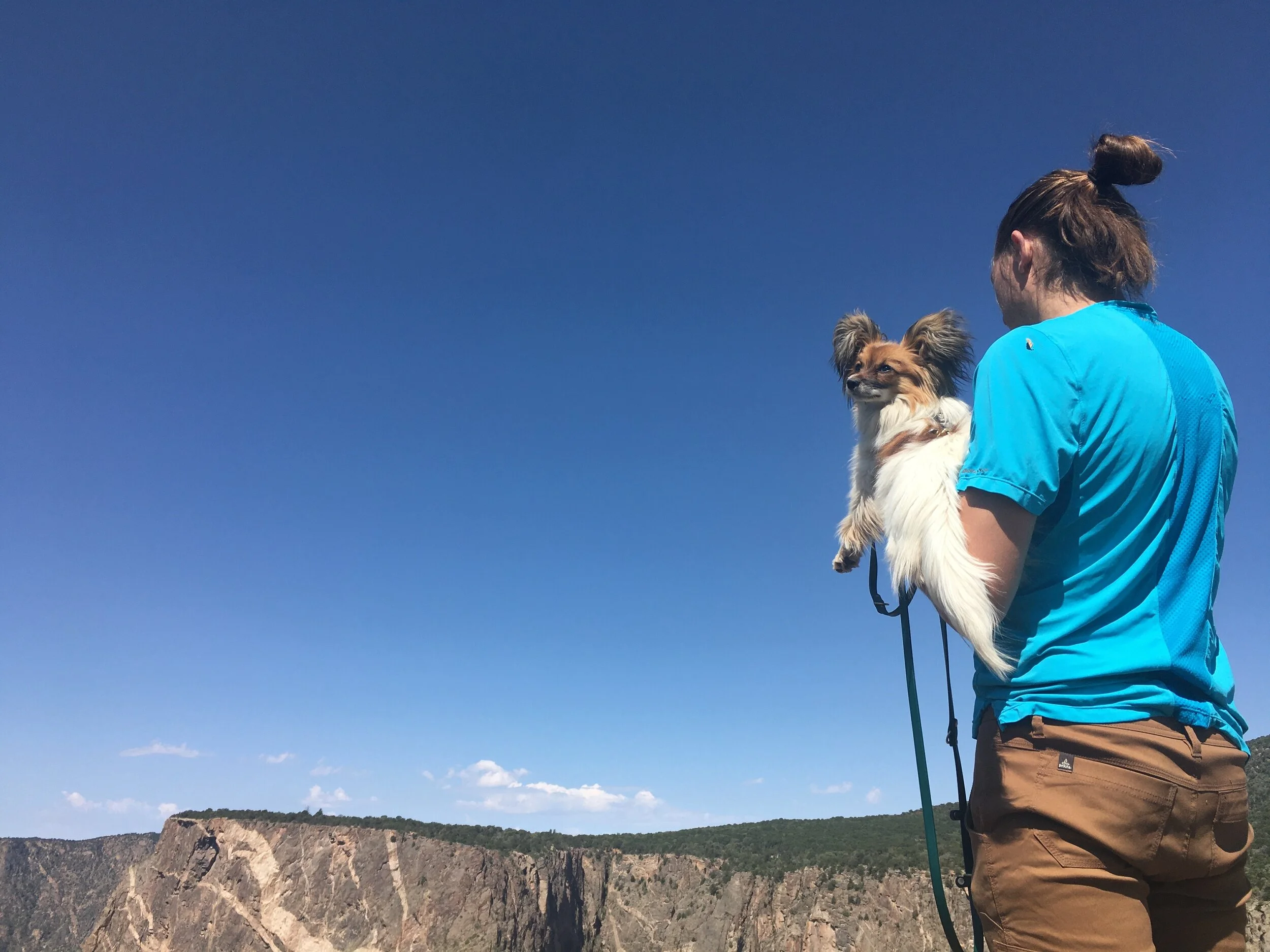By Benah Stiewing
Welcoming a new puppy into your family is loads of fun, and brings laughter and joy into any household! However, puppies are also a lot of work and can often feel quite overwhelming and exhausting.
Remember throughout your puppy raising to give yourself and your puppy lots of breaks - rest is critical to everyone’s success. Check out our blog from a few weeks ago for training basics, including a discussion of why management like a crate or pen is so important to setting our puppies up for learning the behaviors we want them to learn!
Below you will find our recommendations for common puppy problems that can arise while raising your puppy. Many of these are normal, and different puppies may face different challenges based on their unique combination of genetics, early learning history, and individuality. Sometimes, puppy behavioral problems can be unique and require special attention, and we are always here to help if you find yourself experiencing any of these - or other - issues with your puppy. (Check out our Puppy Raising Private Program package for one-on-one puppy raising support - available both online and in-person in Fort Collins, CO!)
Biting/Chewing
Chewing is a normal behavior for dogs, especially from 8 weeks - 6 months. During this period, puppies lose a whopping 42 baby teeth and replace them with adult teeth! Additionally, while humans explore the world through our hands, dogs explore through their mouths. Together, these two factors turn puppies into chewing machines! While this behavior is very normal, that doesn’t make it pleasant or fun and there are concrete steps we can take to help our puppies chew appropriately.
Management:
Have lots and lots (and lots!) of safe toys and chews around your puppy at all times. Your puppy should always have access to something appropriate to chew, like Benebones, antlers, hoofs, and toys.
Use every meal as an opportunity to let your puppy chew! By using puzzle feeders, snuffle mats, Kongs, and Topls, you can meet your puppy’s innate need and burn some extra energy.
You can use sweet potato, pumpkin, canned food, raw (if you feed a raw diet), or kibble soaked in water to stuff in the kongs and topls.
Rotate your toys/chews/feeders so that your puppy doesn’t become bored with the same items.
Plenty of regular rest for your puppy throughout the day - puppies that are overtired are often the most bitey puppies!
Training:
If your puppy begins to chew on something inappropriate (like your hand or the couch), simply grab an appropriate chew item and give it to your puppy.
Try not to pull your hand away quickly or sharply as that will only encourage your puppy to chase as you’ve made it more exciting.
If your puppy is unable to transfer from an inappropriate item to an appropriate item, ask yourself if your puppy has an underlying need that isn’t being met. Are they tired? Hungry? Do they need to potty? Excessive teething can often notify us that our puppy may have an unmet need.
Teach your puppy appropriate ways to interact with your hand instead. Our favorites are teaching a Hand Target, or teaching “Lick not Bite”
Lick Not Bite: Put a small amount of a delicious lickable treat, like yogurt or sweet potato puree, on the back of your hand. Present it to your puppy to lick off your hand. Praise them while they do this! If your puppy changes from licking to nibbling, calmly remove your hand for a few seconds, then represent your hand for them to lick again.
Introducing Your Puppy in a Multiple Dog Household
It’s important to remember that we made the decision to add a new puppy to our household, not our current dogs. It’s our responsibility to make sure everyone’s needs are met, and it’s not our older dog’s responsibility to babysit or parent the puppy. It’s normal for your older dog to go through an adjustment period when you bring home a new puppy, and they may not behave towards your puppy the same way they behave towards strange dogs out in the world. Below are some steps we can take to alleviate stress and meet everyone’s needs.
Management:
Do not leave your puppy and older dog unattended together. Puppies can be very pushy and relentless, and you might only hear the sixth correction that the older dog has given the puppy, not realizing that the puppy ignored the first five.
Make sure both dogs get to enjoy solo activities with you, solo naps, solo meals, and solo time in general. They should not be together 24/7.
Use puppy pens, crates, and baby gates to manage the space.
Remove resources (toys, bones, etc.) if both dogs are present in a space.
Have a leash dragging from your puppy so you can prevent them from pestering the older dog if that’s a possibility.
Always have treats on you to reinforce the behavior you want!
Training:
When your dogs are together, have them simultaneously practice calming behaviors, such as sniffing. If they are struggling to relax enough to sniff, tossing cookies for each of them in separate directions (foraging) can help.
Simply delivering treats to your dogs simultaneously can be helpful! Have your puppy and your older dog sit in front of you and deliver cookies to them as they continue to perform the behavior.
Make yourself more interesting! By building value for engaging with us, we can make the older dog less exciting and have a puppy more interested in us.
Focus on Quality of interactions over Quantity. Give both your puppy and older dog break time away from each other, so that they are feeling positively about the time spent together.
Resource Highlight: Our colleague Katie at Wise Mind Canine has a lot of wonderful content on creating positive introductions between a new puppy and existing dogs.
Resource Guarding
Resource guarding can occur on a spectrum with a variety of objects, including yourself or others. To a certain extent, all beings are protective of their resources, so it’s normal for your puppy to have some level of resource guarding tendencies. The advice offered below just skims the surface - to dive deeper into this topic, check out our online webinar Puppy Resource Guarding.
Management:
Remove all food and toys from a space if multiple dogs are present (this may include empty food containers).
Use barriers and confinement to separate your dogs while they are eating or enjoying bones. This helps your puppy learn that meal times are a time for them to focus on their own meal, rather than investigating what the other dogs have.
Don’t take bones or toys away from your puppy without their consent unless it is an emergency situation. If it’s not an emergency, think about trading your puppy for something else (high value treat, another toy) when you have to remove something from their possession.
Training:
Teach a Supercharged Name Cue, which will be your first response when your puppy grabs something off limits. Call your puppy and reward with a handful of treats tossed on the ground. Continue reinforcing until you are able to put your puppy behind a barrier to quickly remove the object, then let your puppy back into the space.
Practice walking towards your puppy, tossing cookies towards them and then simply walking away. We want your puppy to anticipate good things happening when you approach.
Allow your puppy to enjoy a low-value chew (like Benebones), approach with a handful of cookies, toss the cookies at your puppy, and then walk away.
If your puppy is demonstrating significant resource guarding behavior, such as growling and snapping, towards you or your family members, we recommend getting connected with a trainer for a Private Program as soon as possible so that you can start working on a quality behavior modification plan for this behavior. Much of the common advice you may hear about how to respond to this behavior has the potential to make the behavior worse instead of better; we recommend connecting with a professional trainer for the best support on resolving this challenge!
Fear Reactions
As puppies physically mature, they begin to notice more in the world and be surprised by novel objects or people. A fear reaction generally presents as barking, hackles raised, front approach, and running away. During these moments, it’s critical that we support our dogs and be their advocate - do not laugh at your puppy or force them to move closer/interact with the object or person that is scaring them. We always want our puppies to know that they can trust us to keep them safe.
Here is Jamie the Papillion working through being startled by a statue:
Management:
Go slowly! Do not overwhelm your puppy by exposing them to too much, too fast. If you are exposing your puppy to something new, start at a distance and gradually move closer if your puppy is calm - always staying far enough away that your puppy can feel safe and calm.
Reinforce calming behaviors, like sniffing, rolling, and shaking.
Keep your puppy on-leash! Do not allow your puppy to get too far away from you and run into something scary.
Training:
Click here to watch a brief clip about training your puppy to interact with unfamiliar objects.
Train your friends and family to ignore your puppy and sit quietly while your puppy adjusts to their presence.
Click here to watch a brief clip about teaching your puppy the Look At That game.
Confinement Stress
Throughout our dog’s life, it’s critical that we are able to safely leave them confined or behind a barrier. Whether we are out running errands or the dog has to spend an overnight at the veterinarian, confinement comfort is a critical skill. To give your puppy an excellent foundation in confinement comfort, consider our webinar Separation Anxiety Prevention Starts Now!
Management:
Before confining your puppy, do your best to ensure they are tired and ready for a nap, so this could be after some playtime or a walk.
Make sure that your puppy doesn’t have any underlying needs, like being hungry or needing to potty.
Have your puppy’s crate or pen in a quieter area of the house with some white noise playing and a few chews available.
Training:
Train entering the crate to make it fun and familiar! Click here to watch a brief clip about shaping Get in The Crate.
Support your puppy! Stay present as they’re settling in and wait until they’ve relaxed before you start moving away. Here’s a video of Jamie learning how to settle in his crate for nap time, with his human’s support.
As your puppy grows and develops, it’s normal for their behavior to fluctuate as hormones impact their body and brain. During this period of rapid growth, it’s critical that we act as their advocates and meet them where they are at with their needs and difficulties. Understand that your puppy is an animal in a world that may seem very normal to us, but is all new and foreign to them - your puppy will need your compassion and understanding as they use their behavior to have their needs met. Adequate rest is enormously important, for both you and your puppy. If you are located in the Fort Collins, CO, area, our Adventure Puppy Camp is a great opportunity for your puppy to experience positive, gentle socialization and training while you take a puppy break! If you are feeling overwhelmed by your puppy’s behavior, don’t hesitate to contact us today and get started with in-person or online training to help you feel better prepared to support your puppy.
Summit Dog Training offers group dog training classes & private lessons in Fort Collins, Colorado, as well as online self-study courses & online private lessons for education on how to live the best life with your dog! If you are looking for more training support, please don’t hesitate to contact us! We’d love to help you and your dog get ready for any adventure.







